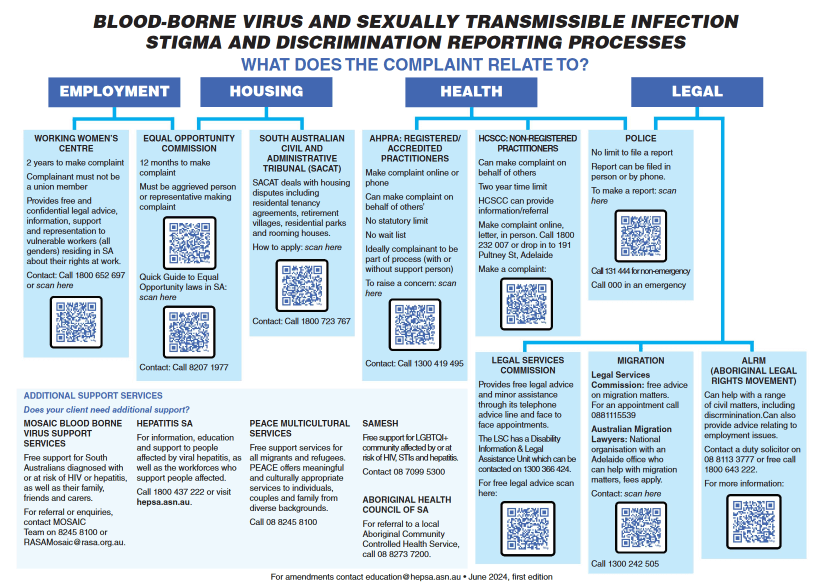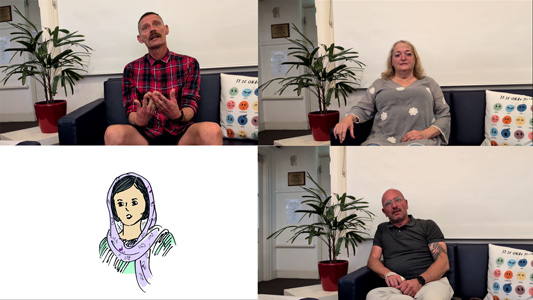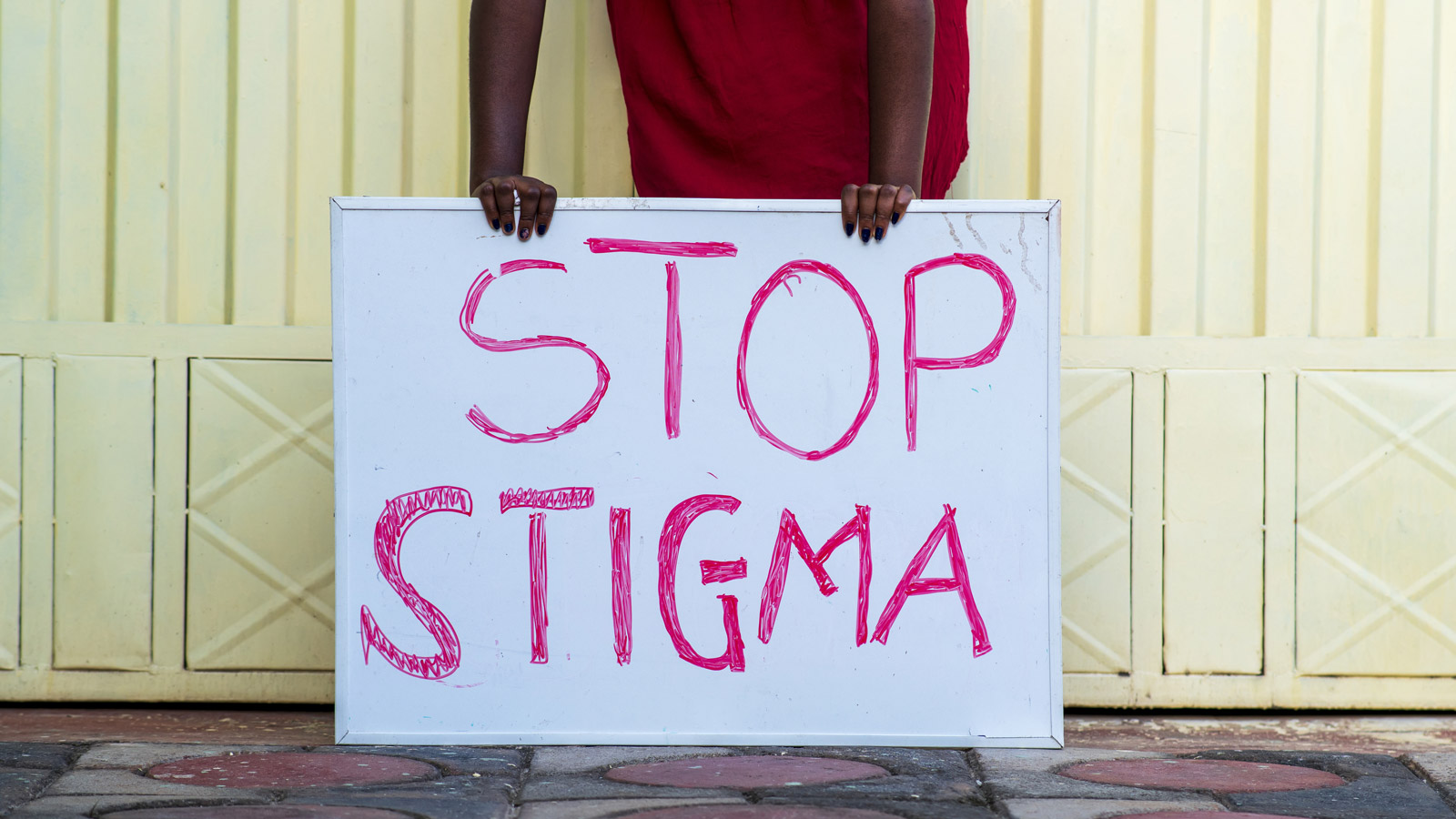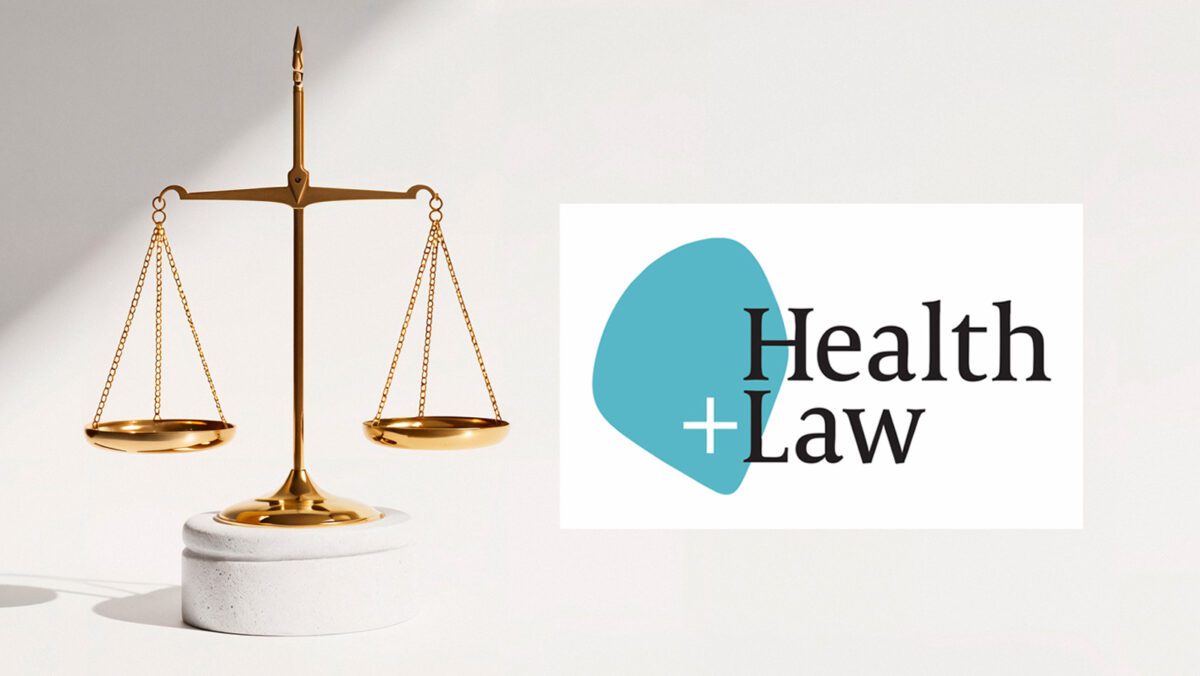Much has been said about the stigma around sexually transmitted infections (STI) and blood-borne-viruses (BBV). If you work with people living with HIV, hepatitis B or hepatitis C, you would have heard about how stigma discourages people from testing, and how it affects the well-being of those who seek help or treatment. Conversations have mostly dwelt on the fact that it exists – until now.
In South Australia, a working group from SA Health’s STI BBV Advisory Committee has created a six-year plan with eight key action areas aimed at reducing stigma and discrimination towards people living with STIs and BBVs. Briefly, these action areas are:
- Record
- Explain
- Educate
- Identify gaps
- Collaborative advocacy
- Share and communicate
- Broaden discussions
- System level intervention
…one thing we were absolutely sure of was that there was enough passion in South Australia to fuel this journey…
The group began work in 2022 and wrapped up in 2024. Emma Williams from Relationships Australia MOSAIC, who co-facilitated the group with Jenny Grant from Hepatitis SA, said that people from many organisations, including peers, were sought to be part of the group.
“We were unsure where our boat would sail to or how it would get there but one thing we were absolutely sure of was that there was enough passion in South Australia to fuel this journey,” she said. “The group grew in membership until it ballooned into a huge battleship, which was great but how do we effectively fire our enquiries, intentions and solutions to the right targets?
“We all agreed more information was required to be able to assist workers to guide people through the complaints process. The one thing we realised was that the very people, who can support this process, had no idea it was really an issue, as very few complaints were ever made.”
The working group reached out to various organisations which all “very generously gave their time and information”. The result was a comprehensive flow chart showing where and how you can report stigma and discrimination incidents.

Before the working group disbanded, it was decided that the facilitators will continue working with the lived experience participants in a smaller group, as it would be “easier to achieve goals in smaller groups with specific goals to chase” said Emma.
The action plan had allowed for a six-year implementation because “we know this is not something that will be fixed overnight”, said Jenny. As discussed below, work has begun for some of the action items but many would involve negotiations, network building and time.
Key Action Areas
- Record: The first action item is to have better recording of instances of stigma and discrimination as complaints are not often made. The Stigma and Discrimination Reporting Processes flowchart was developed, laying in clear steps, the local reporting processes for the most common instances of stigma and discrimination including housing, health, employment and legal. “This tool is aimed at increasing reporting so there’s a better record of instances of discrimination,” said Jenny. “It helps staff in supporting their clients in making reports.” The next steps will include awareness raising and dissemination to relevant service organisations and communities
- Explain: This action item is the creation of a resource, in collaboration with people with a lived experience of STI and/or BBV, explaining what stigma is. Work on this is in progress with a series of interviews recorded and currently being edited. The full video will be released early next year.
- Educate: This item focuses on sourcing or developing educational resources for the workforce. “We know there are many resources out there in relation to stigma and discrimination. We will do a stocktake and use existing resources,” said Jenny. “Whatever we choose to use, we intend to include our lived experience community and come up with innovative and engaging ways to challenge stigma in the workforce.”

- Identify Gaps: Stigma related actions in the South Australian HIV and viral hepatitis implementation plans were assessed against the corresponding national strategies in consultation with the sector. The plans have been finalised with action items relating to stigma.
- Collaborative advocacy: This action area focuses on working collaboratively with other groups to advocate for changes, for example, for the removal of legislation such as the mandatory testing legislation, and for the introduction of anti-vilification laws in South Australia.
- Share and communicate: Create a stigma and discrimination community of practice which can provide leadership and collaboration in the sector, in the response to stigma and discrimination issues.
- National discussions: Facilitate discussions and seminars with presentations from peak bodies and researchers to present current works and seek opportunities for collaboration.
- System level interventions: Consider and advocate for system-wide changes such as supporting the work on a universal precautions approach being carried out by the Centre for Social Research in Health (CSRH) at the University of New South Wales.
Both Emma and Jenny stressed strongly the importance of getting guidance from those who have lived it. “The input of people who have continued exposure to stigma and discrimination has been incredibly valuable and is completely necessary to ensure that all those voices are heard,” said Emma. “We are very thankful that they have given their time and relived those experiences in order to contribute to this very important solution focussed discussion and process.”
This project will be presented at the Tackling Stigma Conference 2024 in Sydney, 22-24 November, where parts of The Stigma Interviews video will be played.
Last updated 26 February 2025
More from:
Enjoyed this article? Subscribe to be notified whenever we publish new stories.
Subscribe for Updates





